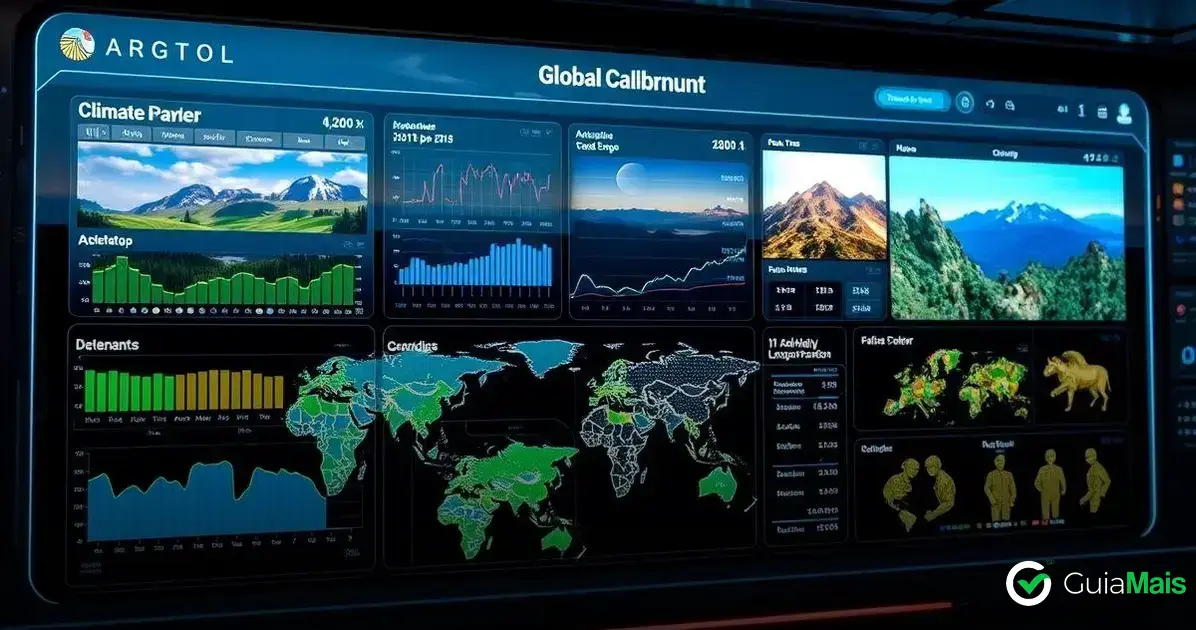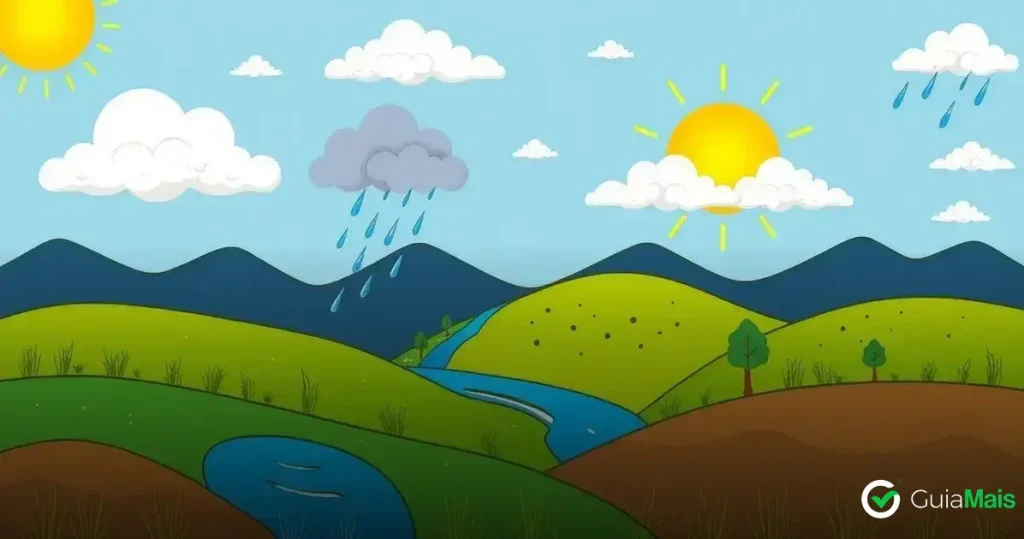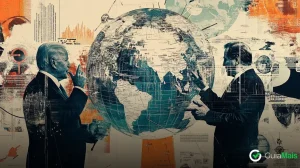Weather and climate reports play a crucial role in our daily lives, influencing how we plan activities and prepare for environmental changes.
With the rise of climate-related issues, grasping the differences between weather and climate is essential.
Understanding Weather and Climate
Weather and climate are often confused, but they have different meanings. Weather refers to the short-term conditions in the atmosphere, like sunshine, rain, or snow.
It can change from one moment to the next. On the other hand, climate describes the average weather conditions over a long period, usually 30 years or more.
It helps us understand what to expect in different seasons.
Understanding these differences is important for planning our lives.
For example, if we know the climate in our area, we can prepare for seasonal changes, like warmer summers or colder winters.
Similarly, accurate weather reports let us know if we should carry an umbrella or wear a warm coat. Both elements help us stay safe and make better choices.
In recent years, climate change has also become a big topic. This change affects our weather patterns and can lead to extreme events like heavy storms or heatwaves.
By understanding weather and climate, we can better adapt to these changes and work together to protect our planet for the future.
Importance of Accurate Weather Reports
Accurate weather reports are vital for everyone. They help us know if we need to bring an umbrella or wear a jacket before we leave the house.
When weather forecasts are correct, people can plan events, travel, and work without the worry of unexpected weather changes.
This information is especially important for farmers who depend on weather conditions for planting and harvesting their crops.
In addition, accurate weather reports play a significant role in keeping us safe. They warn us about dangerous conditions like storms, floods, and extreme heat.
When communities receive timely and accurate information, they can take necessary precautions to protect lives and property.
This is crucial during events like hurricanes when people may need to evacuate.
Finally, accurate weather reports also support various industries.
Businesses like airlines, shipping companies, and disaster response teams rely on these reports to make informed decisions.
By providing clear and precise information, accurate weather reports contribute to the smooth operation of many sectors and help keep our communities running efficiently.
Comparing Weather and Climate
When comparing weather and climate, it is essential to understand their key differences. Weather is the day-to-day state of the atmosphere, which can vary greatly.
For example, one day it might be sunny and warm, while the next could bring rain or storms.
In contrast, climate refers to the long-term patterns and averages of weather in a specific area over many years.
Knowing the climate helps us understand what type of weather to expect seasonally.
Another important difference is the time frame. Weather forecasts are typically short-term, covering the next few days or weeks.
Meteorologists use various tools and data to predict these changes. On the other hand, climate studies look at data collected over decades or even centuries.
This long view allows scientists to identify trends such as global warming or changes in rainfall patterns.
Both weather and climate affect our lives in different ways.
Understanding weather helps us plan our daily activities, while climate knowledge informs us about long-term changes we may need to adapt to.
For example, if scientists predict a drier climate in the coming years, farmers might need to adjust their practices to ensure successful crops.
By comparing weather and climate, we gain a clearer picture of how to react to our environment now and in the future.
Future Trends in Climate Reports

As we look ahead, one significant trend in climate reports is the integration of advanced technology.
With the rise of artificial intelligence and big data, climate scientists can analyze enormous amounts of information quickly and efficiently.
These advancements allow for more accurate predictions and a better understanding of how different factors influence our climate.
Another trend is the increasing focus on local climate impacts.
As people become more aware of climate change, there is a growing demand for information tailored to specific regions.
Localized reports help communities understand how climate shifts will affect their weather patterns, ecosystems, and lifestyles, making it easier for them to adapt their practices.
Lastly, collaboration among countries will play a crucial role in future climate reporting.
Global efforts to tackle climate change require sharing data and strategies across borders.
As nations work together, climate reports will become more comprehensive, providing a clearer picture of the global climate scenario.
This collaboration not only enhances accuracy but also fosters a sense of shared responsibility to protect our planet.
Technology in Weather Reporting
Technology plays a vital role in weather reporting by providing tools that help meteorologists gather and analyze data.
Satellites monitor weather patterns from space, giving a broad view of conditions around the world.
These satellites help track storms, measure temperature, and gather information about humidity and more, making it easier to forecast weather accurately.
Another important technology in weather reporting is radar. Weather radars send out signals that bounce off raindrops and snowflakes.
This helps meteorologists see where precipitation is occurring and how intense it is.
With this information, we can receive timely alerts for severe weather, such as thunderstorms or tornadoes, allowing us to take safety precautions.
Smartphone apps and online platforms have made weather reporting accessible to everyone. Many people check their phones for daily weather updates.
These applications provide real-time information and alerts, which helps individuals plan their days better.
As technology continues to advance, we can expect even more improvements in how we receive and understand weather reports.
Weather and climate reports are essential tools that help us understand our environment.
These reports provide important information about current weather conditions and long-term climate patterns.
Conclusion
By keeping track of changes in temperature, rainfall, and wind speeds, they help us make better decisions for our daily lives, like what to wear or when to plant crops.
In 2023, the accuracy of weather and climate reports has improved significantly thanks to advanced technology.
Meteorologists analyze data from satellites and weather stations to provide up-to-date forecasts. This means that we can expect more reliable predictions.
Accurate weather reports help communities prepare for severe events, such as storms or droughts, which can have a huge impact on people’s lives.
Understanding these reports is crucial for everyone. They not only inform us about short-term weather changes, but also highlight important climate trends over time.
By paying attention to climate reports, we can understand the effects of climate change and work towards solutions that benefit our planet and future generations.
Discover the truths behind today’s biggest social challenges. A deep dive into the issues shaping our society — and what we can do to create change.




